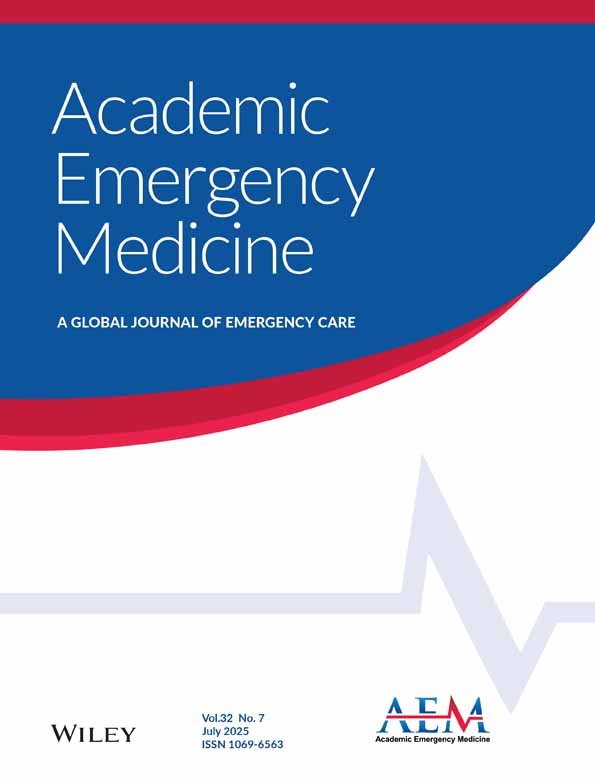Low-cost interventions to increase uptake of cervical cancer screening among emergency department patients: Results of a randomized clinical trial
Supervising Editor: Makini Chisolm-Straker
Abstract
Background
Cervical cancer (CC) is preventable. CC screening decreases CC mortality. Emergency department (ED) patients are at disproportionately high risk for nonadherence with CC screening recommendations. The ED, therefore, is a target-rich environment for interventions to promote CC screening.
Methods
We conducted a randomized clinical trial to test and compare the efficacies of (1) basic referral for CC screening and (2) basic referral plus a text messaging intervention, grounded in behavioral change theory, to promote uptake of CC screening among ED patients. Participants aged 21–65, identified as in need of CC screening, were randomized to study arms and followed up at 150 days to assess interval CC screening uptake (primary outcome) and analyze methods-related moderators of intervention effects. Participants were recruited from a large, urban ED and a small, rural ED within the same health care system. Intervention arms were compared to historical controls.
Results
A total of 4035 patients were surveyed, with 1089 identified as requiring CC screening and subsequently randomized. Upon 150-day follow-up, 20% of individuals in the basic referral arm and 23% of individuals in the basic referral plus text messaging arm had obtained screening. Screening uptake in the historical control group was found to be 10% over a 150-day period. The overall difference between prospective arms was not significant (p = 0.219). However, moderation analysis found that women ≥40 years old demonstrated greater uptake of screening after the higher intensity intervention compared to the lower (p = 0.032). The differences in screening uptake between both interventions, individually and combined, when compared to controls was significant (p ≤ 0.001).
Conclusions
This study demonstrates that both of the evaluated low-intensity ED-based interventions significantly increase subsequent CC screening uptake compared to historical controls. The higher intensity intervention significantly increased screening uptake compared to the lower intensity intervention among women ≥40 years old.
CONFLICT OF INTEREST STATEMENT
The authors declare no conflicts of interest.
Open Research
DATA AVAILABILITY STATEMENT
The data that support the findings of this study are available from the corresponding author upon reasonable request.




